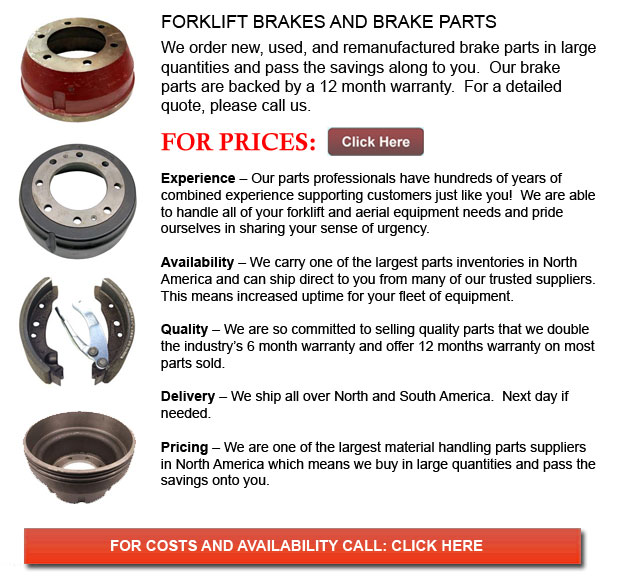
Brake for Forklift - A brake drum is wherein the friction is supplied by the brake shoes or brake pads. The shoes or pads press up against the rotating brake drum. There are several other brake drums kinds along with certain specific differences. A "break drum" would normally refer to if either pads or shoes press onto the interior surface of the drum. A "clasp brake" is the term utilized so as to describe whenever shoes press next to the outside of the drum. Another kind of brake, called a "band brake" uses a flexible belt or band to wrap round the exterior of the drum. Whenever the drum is pinched in between two shoes, it can be referred to as a "pinch brake drum." Similar to a typical disc brake, these kinds of brakes are somewhat uncommon.
Before 1955, early brake drums required constant adjustment regularly to be able to compensate for drum and shoe wear. "Low pedal" or long brake pedal travel is the dangerous end result if adjustments are not carried out satisfactorily. The motor vehicle can become dangerous and the brakes can become ineffective when low pedal is combined together with brake fade.
There are quite a few different Self-Adjusting systems meant for braking presented nowadays. They could be classed into two separate categories, the RAI and RAD. RAI systems are built in systems that help the tool recover from overheating. The most well known RAI manufacturers are Bendix, Lucas, Bosch and AP. The most famous RAD systems include AP, Bendix, Ford recovery systems and Volkswagen, VAG.
The self adjusting brake would normally only engage when the forklift is reversing into a stop. This method of stopping is satisfactory for use where all wheels utilize brake drums. Disc brakes are utilized on the front wheels of vehicles these days. By functioning only in reverse it is less likely that the brakes would be adjusted while hot and the brake drums are expanded. If adapted while hot, "dragging brakes" could happen, which raises fuel consumption and accelerates wear. A ratchet mechanism which becomes engaged as the hand brake is set is one more way the self adjusting brakes can function. This means is just suitable in applications where rear brake drums are utilized. Whenever the parking or emergency brake actuator lever goes beyond a particular amount of travel, the ratchet improvements an adjuster screw and the brake shoes move in the direction of the drum.
There is a manual adjustment knob located at the bottom of the drum. It is generally adjusted via a hole on the other side of the wheel and this requires getting underneath the forklift along with a flathead screwdriver. It is of utmost significance to be able to move the click wheel properly and adjust every wheel evenly. If uneven adjustment takes place, the vehicle could pull to one side during heavy braking. The most efficient method to make sure this tedious job is accomplished carefully is to either lift each wheel off the ground and spin it manually while measuring how much force it takes and feeling if the shoes are dragging, or give each one the same amount of clicks utilizing the hand and then do a road test.
![]() Click to Download the pdf
Click to Download the pdf
Forklift Parts
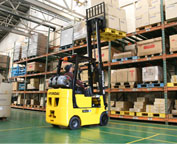
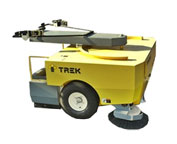
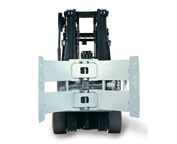
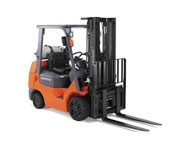
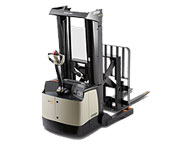
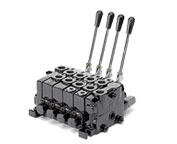
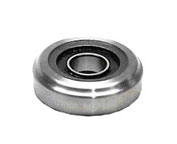
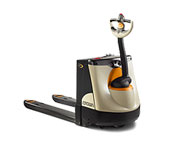
Lift Parts Express
TOLL FREE: 1-888-695-7994
LOCAL: 657-208-7001
174 W LINCOLN AVE 184
Anaheim, California
forkliftpartsanaheim.com
Email Us
About Us


